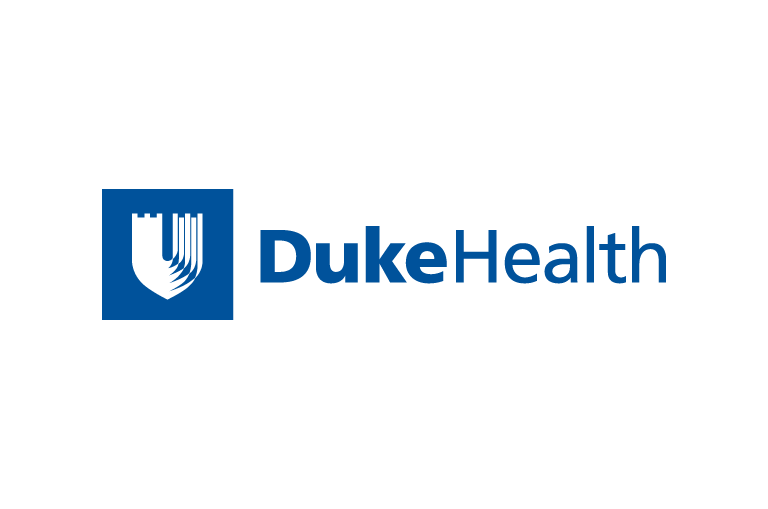News & Media Front Page
News & Media Front Page
Change in Medicare Fee Linked to Rise of Vascular Treatment
 From the corporate.dukehealth.org archives. Content may be out of date.
From the corporate.dukehealth.org archives. Content may be out of date.
DURHAM, N.C. – Federal efforts to curb Medicare costs for unclogging blood vessels in the limbs slowed the growing use of the treatments, but also coincided with a marked increase in doctors using a more expensive approach, according to an analysis by Duke Medicine researchers.
After a change in Medicare payments in 2008, the majority of treatments for peripheral artery disease shifted from hospitals to outpatient settings, including doctors’ offices and outpatient catheterization labs. The goal was to reduce costs, improve access to care and enhance efficiency.
But the Duke researchers found that the decline in revascularizations at hospitals was offset by a rise in invasive procedures at offices and clinics. In addition to the shift in clinical setting from hospitals to offices and clinics, there was an increase in the use of atherectomy, a pricier technique that cuts the plaque from vessel walls in the legs. This procedure’s use continues to rise despite a lack of studies demonstrating its safety or effectiveness in restoring blood flow to limbs.
“Our findings suggest that despite the best intentions to manage health care costs and improve efficiency, there can be unintended consequences,” said lead author Schuyler Jones, M.D., an interventional cardiologist and member of the Duke Clinical Research Institute. Jones and colleagues published the study in this week’s Journal of the American College of Cardiology.
The shift in treatments for peripheral artery disease occurred after the U.S. Centers for Medicare & Medicaid Services (CMS) sought ways to slow the growth in invasive treatments for peripheral artery disease, which were primarily done at hospitals with increasing frequency and at mounting cost to the federal insurance program.
A new fee structure provided incentives for the procedures to be done in the outpatient setting.
Using CMS data, the Duke team sought to determine how the new fee structure was associated with the use of these treatments and costs. They analyzed more than 31,000 cases in which Medicare patients received a stent, angioplasty or atherectomy to open blocked blood vessels in their limbs. The study period spanned from 2006, two years before the CMS change, through 2011.
The researchers found that the new funding structure was successful in driving patients to outpatient settings. The rate of hospital-based procedures declined by 20 percent during the study period, which was balanced by a 25 percent increase in outpatient and clinic-based procedures.
This trend was accompanied by an increase use of atherectomy procedures in the outpatient settings, while it declined at hospitals. Atherectomy procedures, while not supported by improved outcomes, come at a higher price than the older stenting technology or angioplasty.
This has eroded potential cost savings to the Medicare program. The mean costs of office-based atherectomies was $13,478, which was similar to the cost of the procedure at a hospital, and was higher than the mean costs of outpatient atherectomies ($8,680), office-based stenting procedures ($6,379), and office-based angioplasty procedures ($4,800).
“After the change in fee structure, Medicare payments for outpatient and office-based clinic atherectomies were the highest reimbursed procedures,” Jones said. “This has occurred in a vacuum, with very few studies comparing atherectomy to other procedures to support this increased use.”
Jones said additional studies are needed to demonstrate the effectiveness and value of device technologies such as atherectomy. Future studies should also be aimed at determining how patients who undergo these invasive treatments are treated with standard medications and what their clinical outcomes are after these procedures.
In addition to Jones, study authors include Xiaojuan Mi; Laura G. Qualls; Sreekanth Vemulapalli; Eric D. Peterson; Manesh R. Patel; and Lesley H. Curtis.
###
